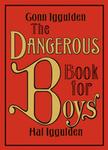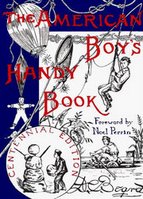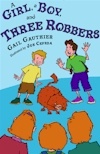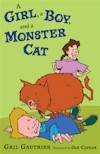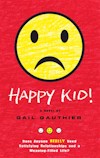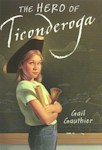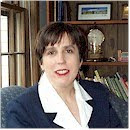Maybe The Fun Is Gone From Science Fiction
Sam Riddleburger and I have been having a private exchange regarding The Wonderful Flight to the Mushroom Planet. Sam wrote me to say he recalled liking the book when he was a kid. He also said,
"I just wanted to point out that the great Stanislaw Lem, who wrote an extremely detailed "realistic" account of space travel in "Fiasco," frequently used the "jump out of a rocket and meet an alien" technique for other books. And they're a lot more fun than Fiasco." (Links added by me.)
Sam's mention of fun got me thinking. Last year while I was on the Cybils scifi/fantasy panel, we didn't get a lot of science fiction books. Maybe only one. I've also read that true science fiction isn't very popular with kids these days. Maybe now that we are so science literate (I'm sure scientists would say we're not) that even young children have some basic knowledge of the reality of conditions in space, computers, gene therapy, artificial intelligence, and God knows what all, science fiction no longer has enough fun to attract young readers.
Or certainly it can't have much magic when it's loaded down with reality. Now, I know a lot of science fiction readers like and want reality. But I'm guessing most of those readers are over the age ten. It may be a lot harder for today's eight-year-olds to imagine themselves loaded for bear with space travel equipment than it was for eight-year-olds of old to imagine themselves dropping down onto the moon with nothing more than a couple of sandwiches to hold them over until tea.
I'm not saying that that is the case. I'm just raising it as a possibility.
By the way, Stanislaw Lem also wrote Solaris, which, when I saw it as a movie, I did not understand at all. Perhaps I'll try again now.
Labels: Just Thinking, science fiction
